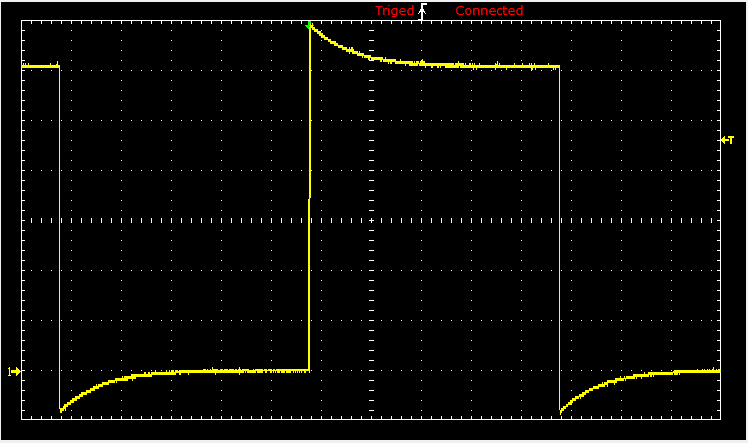Direct Sum Decompositions
Recall that subspaces X and Y of a vector space over field 𝔽 (which is either ℚ or ℝ or ℂ) form a direct sum, denoted V = X ⊕ Y, if for every v ∈ V there exist unique vectors x ∈ X and y ∈ Y such that v = x + y.
Suppose that V = X ⊕ Y is a direct sum of two subspaces. Define P : V ⇾ V as follows. For
v ∈ V write v = x + y, where x ∈ X and y ∈ Y, then define
P(v) := x.
From this definition, it follows
- P is well-defined;
- P is a linear transformation;
- ImP = X, KerP = Y;
- P² = P.
A linear operator P : V ⇾ V such that
P² = P is called the projection or idempotent operator. P is also said to be the projection onto X along Y.
Example 1:
Consider the vertical projection P on the plane of equation z = ax + by in the usual ℝ³. This is a linear map and we can determine its matrix in the canonical basis { i, j, k } of ℝ³.
Suppose that V is a finite-dimensional vecor space that is a direct sum of two subspaces, V = X ⊕ Y. Choose α = { u1, u2, … , ur }, a basis in X and β = { w1, w2, … , ws }, a basis in Y. Then the matrix
of P with respect to the basis { α, β } is
End of Example 1
\[
[\,P\,] = {\bf P} = \begin{bmatrix} {\bf I}_r & {\bf 0} \\ {\bf 0} & {\bf 0} \end{bmatrix} ,
\]
where Ir is r×r identity matrix.
When dimension of Euclidean space E exceeds 1, the quadratic equation P² = P has infinitely many solutions P that are linear maps E ⇾ E. Recall that the quadratic equation X² = −I also has infinitely many solutions X, which are 2 x 2 matrices.
Example 2:
We consider the space ℭ( ℝ) of continuous functions f : ℝ ⇾ ℝ. For any such function, we define its symmetric part fs by fs(x) = f(−x), and consider the linear map:
\[
f \mapsto P\,f = \frac{1}{2} \left[ f(x) + f(-x) \right] .
\]
The image g = Pf is the average of f and its symmetric: It is an even function.
Recall that even functions g are characterized by
\[
g(-x) = g(x) , \qquad x\in \mathbb{R} .
\]
For an even function g, Pg = g, and hence P²f = Pg = g = Pf. This proves
P² = P so that P is a projector. In fact, f = Pf precisely when f is even, so
that the image of f is the subspace V of even functions, on which P acts by the
identity. On the other hand, if h is an odd function, namely,
\[
h(-x) = -h(x) , \qquad x\in \mathbb{R} ,
\]
then Ph = 0: The kernel of P is the subspace of odd functions. Any function f
is the sum of an even one g = Pf and an odd one
\( \displaystyle h = Q\, f = \frac{1}{2} \left[ f(x) - f(-x) \right] \) and
\[
P\,f = P \left( g+h \right) = P\,g + P\, h = P\,g = g.
\]
End of Example 2
Theorem 1:
Let P : V ⇾ V be the projection onto X along Y. Let T : V ⇾ V be a linear transformation. Then PT = TP if and only if X and Y are T-invariant, so T X ⊆ X and T Y ⊆ Y.
Example 3:
Let V be a vector space over field 𝔽. Suppose that we have a finite set of projectors Pi : V ⇾ V, i = 1, 2, … , m, such that PiPj = 0 whenever i ≠ j. If P1 + P2 + ⋯ + Pm = I, the identity mapping, then the set of projectors {P1, P2, … , Pm} is known as a partition of the identity on V.
Theorem 2:
Suppose that a vector space V is a direct sum of finite number of subspaces, V = X1 ⊕ X2 ⊕ ⋯ ⊕ Xm. Let Pi be the projection of V onto Xi along its complement. Then the set of projectors {P1, P2, … , Pm} is a partition of the identity on V. Conversely, if {P1, P2, … , Pm} is a partition
of the identity on V and Xi = ImPi, then V = X1 ⊕ X2 ⊕ ⋯ ⊕ Xm.
Projection Operators
- Axler, Sheldon Jay (2015). Linear Algebra Done Right (3rd ed.). Springer. ISBN 978-3-319-11079-0.
- Halmos, Paul Richard (1974) [1958]. Finite-Dimensional Vector Spaces (2nd ed.). Springer. ISBN 0-387-90093-4.

